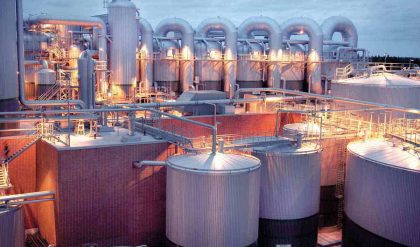The properties of a thermodynamic system depend on variables which are measurable and change in values when the state of the system changes. These variables are classified as state variables or state functions and path variables (or) path functions.
The state functions considered in a gaseous system like, P, V and T are called as state variables. A state function is a thermodynamic property of a system which has a specific value for each state of the system and does not depend on the path (or manner) in which a particular state is reached. Other than P,V,T there are other important thermodynamic properties existing as state functions like internal energy (U), enthalpy (H), free energy (G) etc. (The properties of U,H and G are to be studied later).
A path function is a thermodynamic property of the system whose value depends on the path or manner by which the system goes from its initial to final states. It also depends on the previous history of the system. For example, work (w) and heat (q) are some of the thermodynamic properties of the system that are path functions. Their values change when there is a change in manner in which the system goes from initial to final states.

